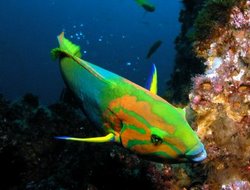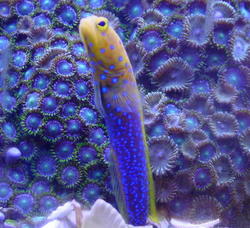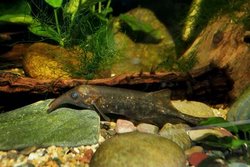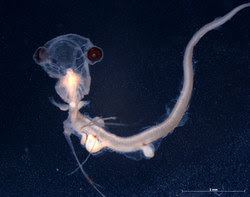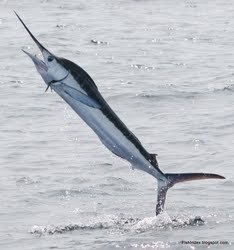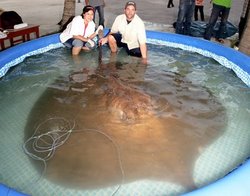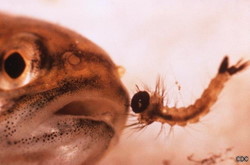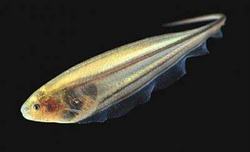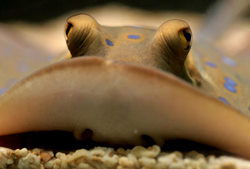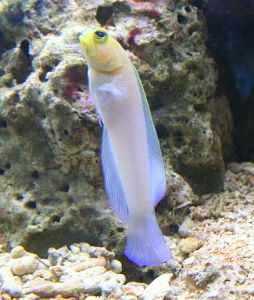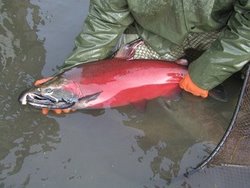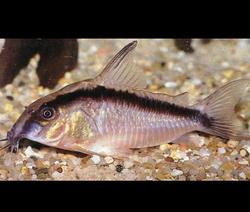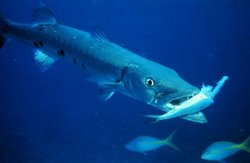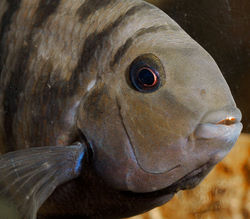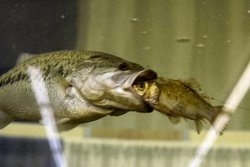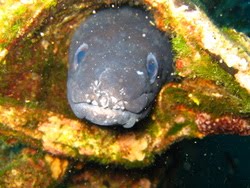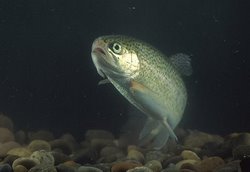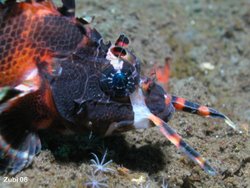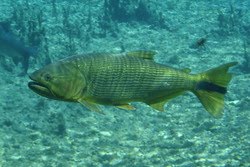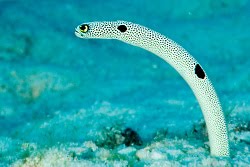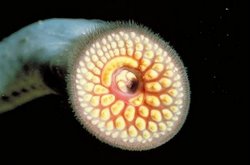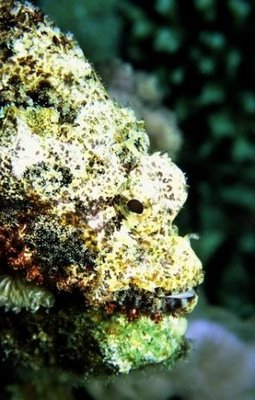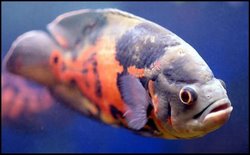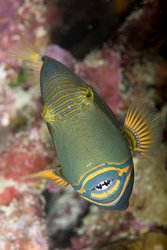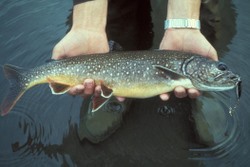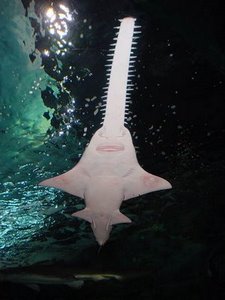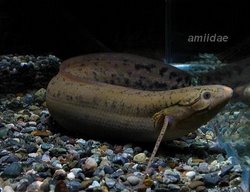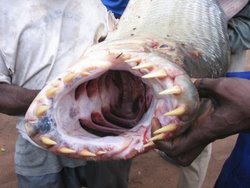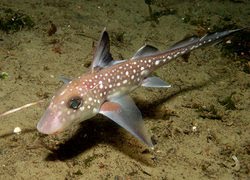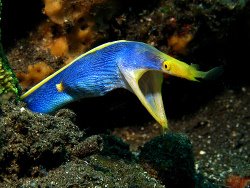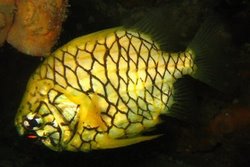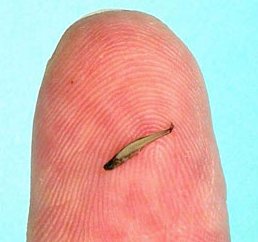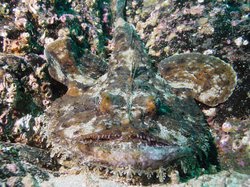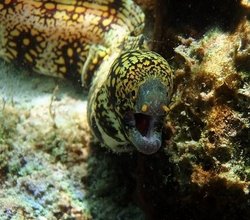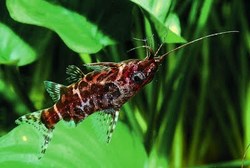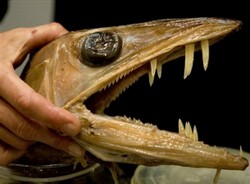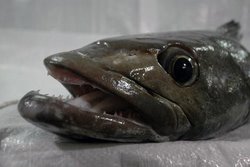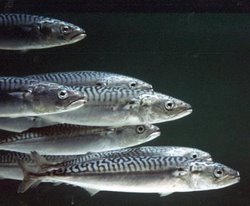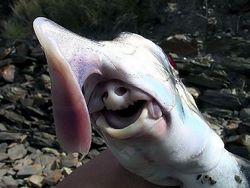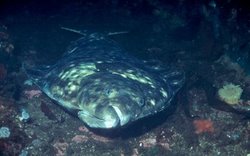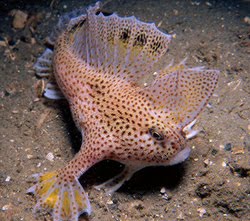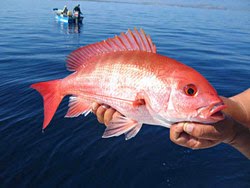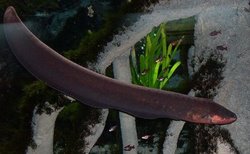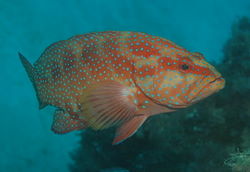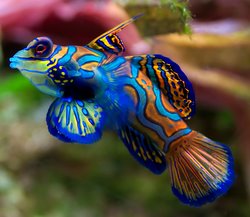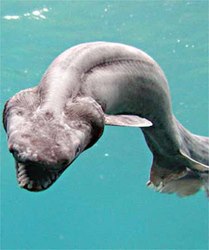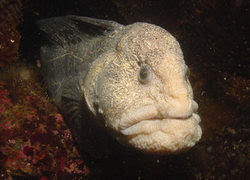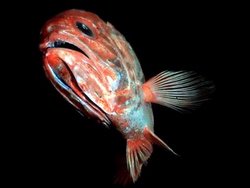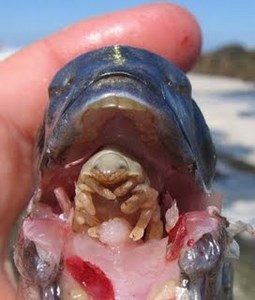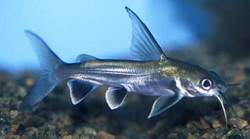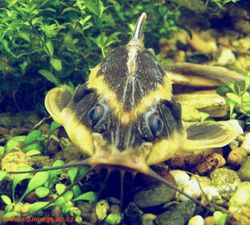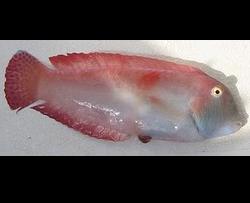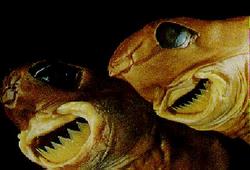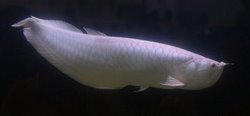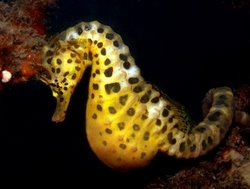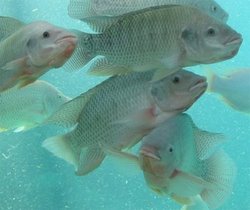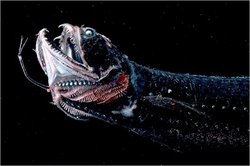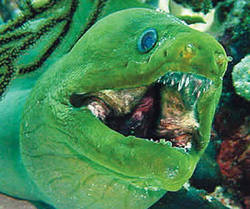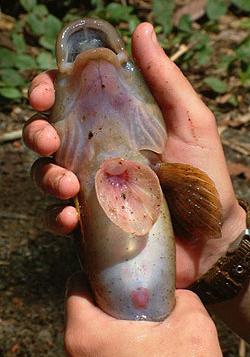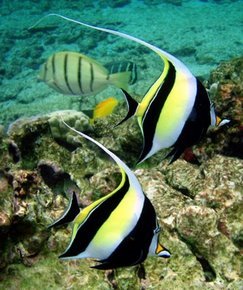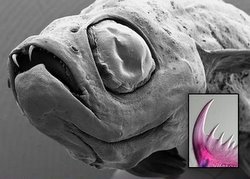 The Deep Sea Hatchetfish or Argyropelecus gigas has large sunken eyes that are permanently looking upwards towards the surface. These creepy eyes help them find the food that is floating downwards towards the bottom. As you can tell from the pictures though, these eyes also make them look like the ghosts of the ocean!
The Deep Sea Hatchetfish or Argyropelecus gigas has large sunken eyes that are permanently looking upwards towards the surface. These creepy eyes help them find the food that is floating downwards towards the bottom. As you can tell from the pictures though, these eyes also make them look like the ghosts of the ocean! Known in some areas as the Greater Silver Hatchetfish, this is just one of the about 45 different species of Hatchetfish. As you can see, these deep sea fish get their names from their strange shape, which almost seems to resemble that of a hatchet. They are often found between the depths of 200-6000 meters in the Atlantic, Pacific and Indian Oceans. The Deep Sea Hatchetfish can grow to about 1/2' in maximum length.
Known in some areas as the Greater Silver Hatchetfish, this is just one of the about 45 different species of Hatchetfish. As you can see, these deep sea fish get their names from their strange shape, which almost seems to resemble that of a hatchet. They are often found between the depths of 200-6000 meters in the Atlantic, Pacific and Indian Oceans. The Deep Sea Hatchetfish can grow to about 1/2' in maximum length. Like some other creatures of the deep they use counter illumination as a form of camouflage to avoid potential predators. They have organs called photophores on their undersides. These photophores actually produce light that makes it much more difficult to be spotted by predators. They can adjust the intensity of light on their underside which makes them nearly invisible from below! This light is also said to play a role in the mating process of the Deep Sea Hatchetfish. You can check out the Deep Sea Hatchetfish along with some other Deep Sea Fish in the video below...
Like some other creatures of the deep they use counter illumination as a form of camouflage to avoid potential predators. They have organs called photophores on their undersides. These photophores actually produce light that makes it much more difficult to be spotted by predators. They can adjust the intensity of light on their underside which makes them nearly invisible from below! This light is also said to play a role in the mating process of the Deep Sea Hatchetfish. You can check out the Deep Sea Hatchetfish along with some other Deep Sea Fish in the video below... Little more is known about this strange deep sea creature, but if you have anything you would like to share please do so in the comments below...





